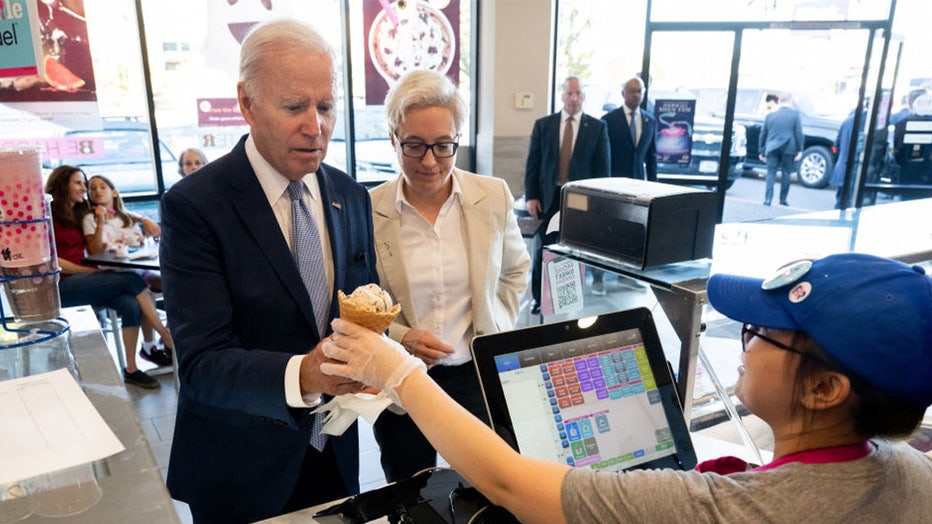What is life like for presidents after office? Here’s how they’ve spent their years
LOS ANGELES - Life after the White House marks a significant transition, and Joe Biden is no exception. After concluding his term as the 46th president, Biden joins the ranks of former leaders navigating the shift from national leadership to private life.
For many presidents, this chapter blends reflection, public service, and personal passions.
From George Washington returning to Mount Vernon to Jimmy Carter’s global humanitarian efforts, former presidents have carved out unique post-White House legacies.
As Biden begins his post-presidency, questions arise about whether he’ll pursue philanthropy, mentorship, or a quieter family life. Here’s a look at how past presidents have spent their time after office, offering insight into what the future may hold for Biden.
Presidents and their second acts
The backstory:
Here are some of the remarkable ways former presidents have spent their years after leaving office:
- Thomas Jefferson: Founded the University of Virginia, designing its buildings, setting its curriculum, and selecting its faculty.
- John Quincy Adams: Became a leading abolitionist while serving in the House of Representatives, where he argued the Amistad case before the Supreme Court.
- John Tyler: Became a member of the Confederate House of Representatives during the Civil War, an unusual and controversial chapter in presidential post-office history.
- Ulysses S. Grant: Traveled the world with his wife after his presidency, becoming a global statesman and meeting with foreign leaders, while also authoring a widely acclaimed memoir to restore his family’s finances.
- Grover Cleveland: Returned to office after a four-year hiatus, becoming the first U.S. president to serve non-consecutive terms, and focused on stabilizing the economy during his second term.
- Theodore Roosevelt: Embarked on an adventurous expedition to explore the uncharted River of Doubt in the Amazon rainforest, which was later renamed the Roosevelt River in his honor.
- William Howard Taft: Achieved his lifelong dream of serving as Chief Justice of the Supreme Court.
- Herbert Hoover: Reclaimed his reputation by leading humanitarian efforts and commissions to reorganize the executive branch, helping the government save billions in budgetary reforms.
- Andrew Johnson: Returned to the Senate after his presidency, the only former president to do so, continuing his involvement in politics until his death.
- Jimmy Carter: Founded the Carter Center, focusing on human rights and disease eradication, and won the Nobel Peace Prize in 2002.
- George W. Bush: Embraced painting, showcasing portraits of veterans and world leaders while staying out of politics.
- Barack Obama: Established the Obama Foundation, focusing on leadership training and civic engagement, and produced media projects including memoirs and documentaries.
These examples highlight the varied ways former presidents have continued to serve, inspire, and innovate after their time in office.

FILE - US President Joe Biden stops for ice cream. (Photo by SAUL LOEB/AFP via Getty Images)
Why presidents’ lives after office matter
Why you should care:
The presidency is one of the most demanding roles in the world, but it is also temporary.
After leaving the nation’s highest office, former presidents face the challenge of transitioning back to civilian life. Their post-White House years often reflect their values and priorities, offering a chance to champion causes, pursue long-held passions, or take on quieter, personal pursuits.
For many, it becomes a second chapter to shape history in new and meaningful ways.
The Source: This story is based on historical records, insights from the Miller Center, and reporting from various outlets, including the Associated Press and the Carter Center archives.

